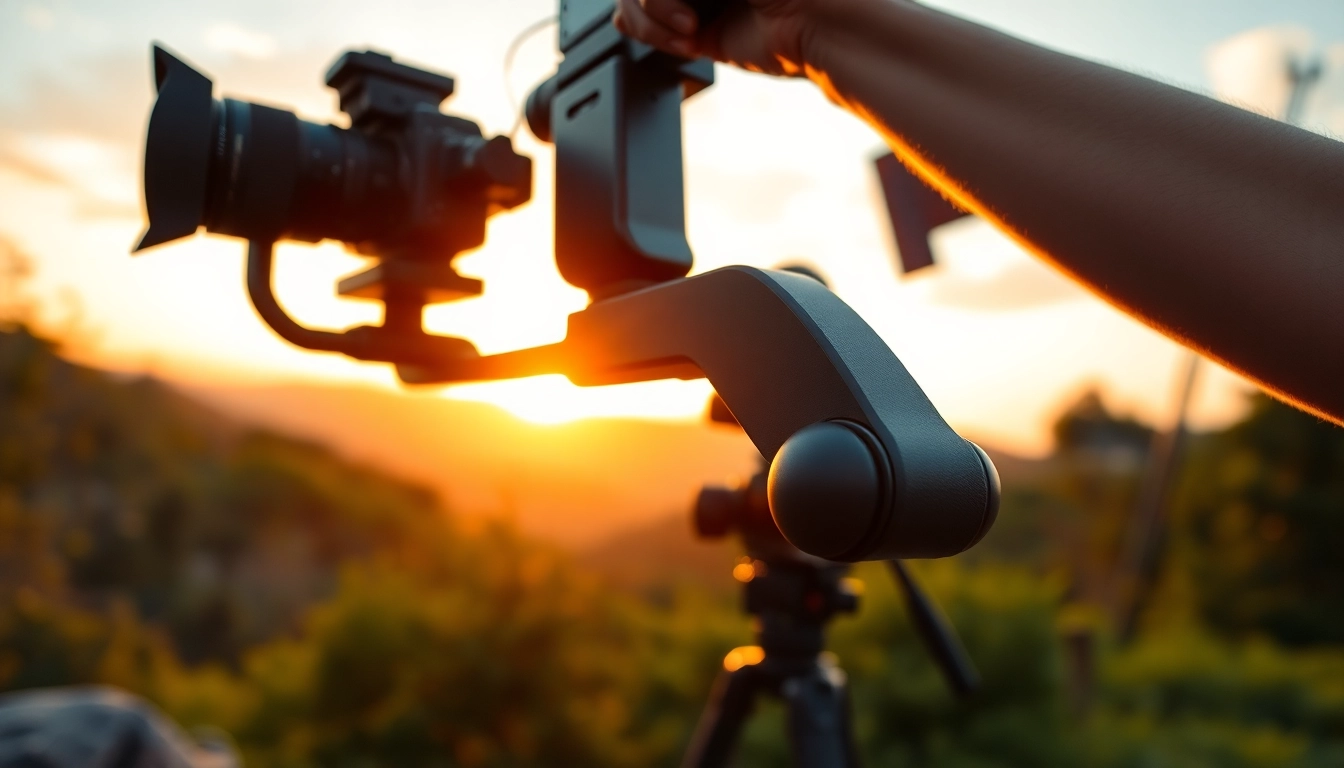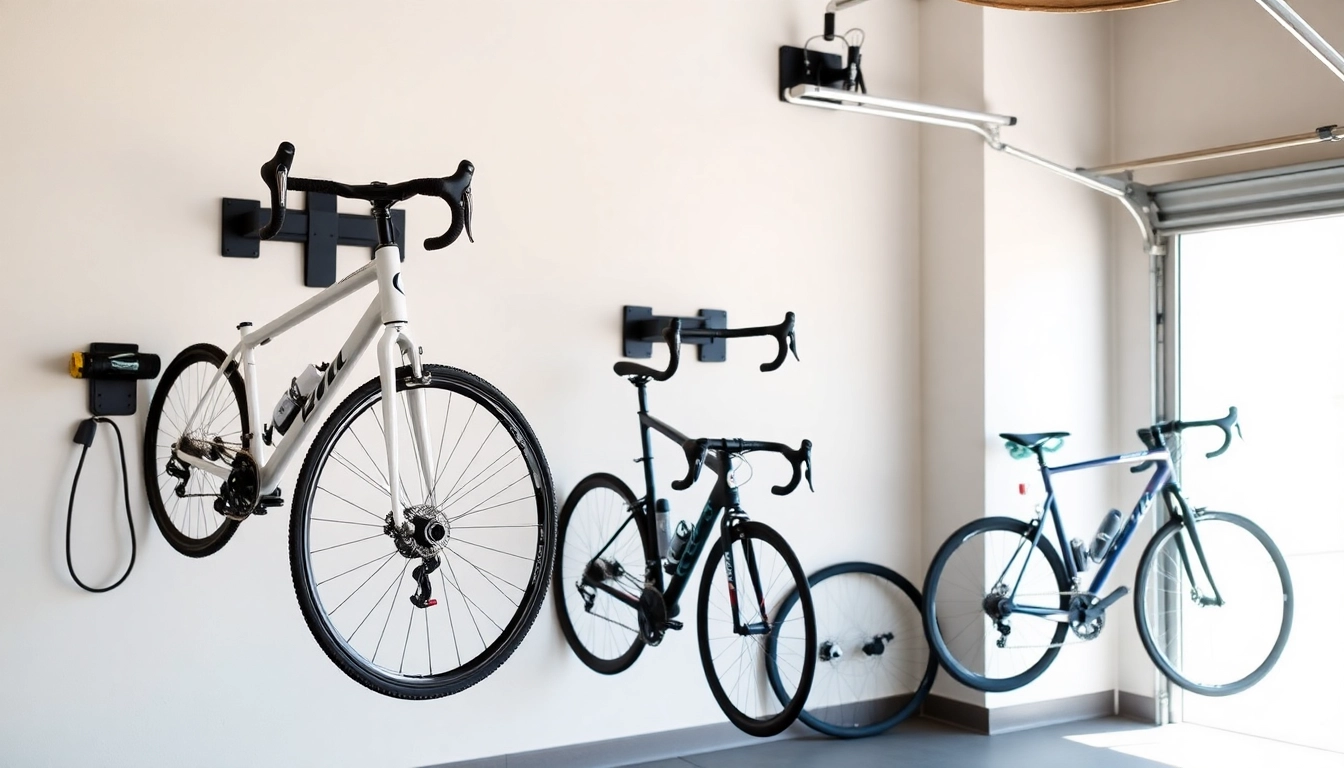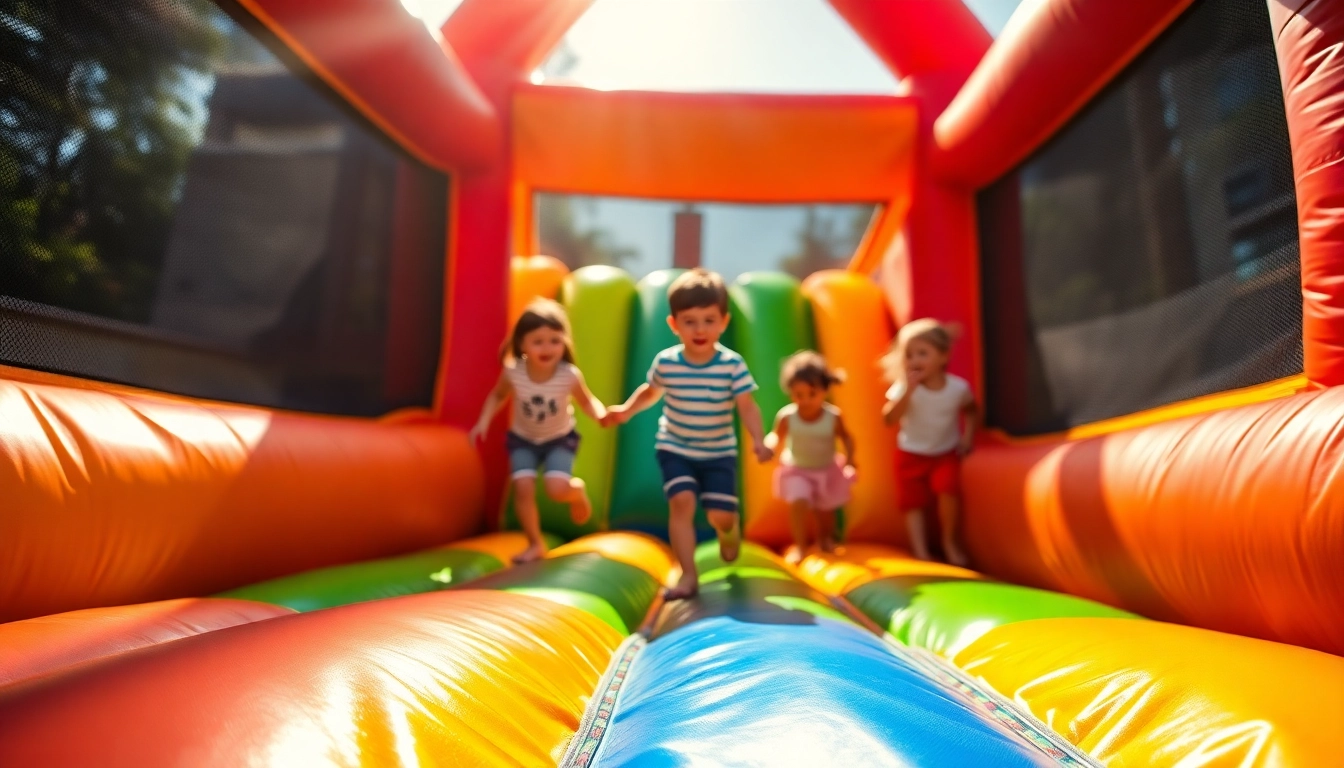Understanding Gimbal Stabilizer Fundamentals
What is a Gimbal Stabilizer?
In the world of videography and photography, achieving smooth, cinematic motion is vital for captivating an audience. Enter the gimbal stabilizer, an essential piece of equipment that enhances the quality of video production by minimizing unwanted jitter and shake typically caused by hand movements. A gimbal stabilizer is a device that utilizes sensors and motors to maintain the camera’s stability across three axes: tilt, pan, and roll. This stabilization mechanism allows photographers and videographers to capture fluid and professional-looking footage, making it indispensable for anyone who wishes to elevate their storytelling through visuals.
How Does a Gimbal Stabilizer Work?
At its core, a gimbal stabilizer operates using a system of gimbals—pivoted supports that allow the camera to rotate freely while being stabilized by motors. When a gimbal stabilizer is in use, gyroscopes detect any motion and adjust the camera position accordingly to counteract unwanted movements. For example, when a videographer walks or runs, the gimbal stabilizer compensates for these actions by keeping the lens steady, allowing smooth footage even in dynamic environments.
Modern gimbals often carry additional technological features such as intelligent shooting modes, remote controls, and smartphone applications, enhancing usability and allowing for more sophisticated filming techniques.
Types of Gimbal Stabilizers and Their Uses
There are several types of gimbal stabilizers, specifically designed to cater to different filming requirements and equipment. The main categories include:
- Handheld Gimbals: These portable devices are perfect for smartphones and lightweight cameras. They’re ideal for vloggers and content creators who need flexibility and mobility.
- Camera Gimbals: Built for larger cameras, these gimbals often come with more robust motors and features, catering to professional filmmakers and studios.
- Drone Gimbals: Designed for mounting on drones, these stabilizers allow for aerial shots while ensuring smooth footage even during turbulent flights.
Understanding the type of gimbal stabilizer that aligns with your equipment and filming style is crucial for maximizing your creative potential.
Choosing the Right Gimbal Stabilizer
Key Features to Look For
When selecting the ideal gimbal stabilizer, several key features should influence your decision:
- Weight Capacity: Ensure your gimbal can support the weight of your camera and any additional accessories you plan to use.
- Battery Life: Consider the battery longevity and charging capabilities to ensure uninterrupted shooting sessions.
- Degrees of Freedom: Most quality gimbals allow full freedom of movement across three axes, while some may offer additional features such as locking modes for specific shots.
- Intuitive Controls and Setup: A gimbal with user-friendly controls can facilitate smoother operation, particularly for beginners.
Budget Considerations When Selecting a Gimbal Stabilizer
The cost of a gimbal stabilizer can range significantly, influenced by brand reputation, features, and complexity. It’s crucial to establish a budget based on your individual filming needs:
- Entry-Level Gimbals: Often priced from $100 to $300, these are suitable for casual users and budding filmmakers.
- Mid-Range Gimbals: Ranging from $300 to $600, these models include more advanced features and are great for semi-professional use.
- Professional Gimbals: Starting from $600 and upwards, these usually come with enhanced features, exceptional build quality, and are aimed at professionals in the film industry.
Investing in a gimbal stabilizer must reflect your needs and long-term goals, ensuring you select a product that warrants your investment.
Popular Use Cases for Gimbal Stabilizers
Gimbal stabilizers have found various applications across different sectors:
- Vlogging: For daily content creators, where mobility and storytelling are crucial, gimbals offer an effortless way to enhance video quality.
- Event Filming: Weddings or corporate events benefit significantly from gimbal stabilizers, ensuring that every moment is captured smoothly.
- Documentary Filmmaking: The ability to achieve immersive shots in varying environments makes gimbals essential for capturing compelling narratives.
- Aerial Shooting: When attached to drones, gimbal stabilizers ensure stable footage from unique angles and perspectives.
Best Practices for Using a Gimbal Stabilizer
Setting Up Your Gimbal Stabilizer
Proper setup is vital for optimizing the performance of your gimbal stabilizer. Here are the steps to ensure a successful setup:
- Balancing: Balance the camera on the gimbal according to manufacturer instructions. An unbalanced setup may lead to motor strain and overheating.
- Calibration: Calibrate the gimbal according to the specific camera placement and weight, ensuring that all settings are adjusted for optimal performance.
- Firmware Updates: Regularly check for firmware updates, which may enhance performance and unlock new features.
Techniques for Smooth Operation
Using a gimbal stabilizer effectively requires techniques to maximize stability and smooth operation:
- Body Movements: Practice walking techniques, such as keeping your knees slightly bent and positioning the gimbal closer to your center of gravity.
- Use of Speed: Adjust your speed based on your shooting requirements; slower movements usually yield smoother results.
- Incorporating Transitions: Experiment with deliberate transitions between shots to create dynamic and engaging footage.
Common Mistakes to Avoid
Many users face hurdles when using a gimbal stabilizer. Here are some common pitfalls and how to sidestep them:
- Neglecting Balance: Skipping proper balancing can lead to mechanical failure and inadequate stabilization.
- Ignoring Battery Levels: Always check battery levels before initiating a shoot to avoid interruptions.
- Setting Unrealistic Expectations: Gimbals enhance stability but will not correct all camera shake, especially in rapid movements.
Advanced Techniques with Your Gimbal Stabilizer
Creative Movements to Enhance Your Footage
Unlock the full potential of your gimbal stabilizer by incorporating creative movements into your shoots:
- Dolly Zoom: Create a unique perspective by simultaneously moving the gimbal closer or further from the subject while zooming.
- Reveal Shots: Use the gimbal to reveal a scene gradually, creating depth and intrigue in your narrative.
- Follow Shots: Achieve engaging shots by having the gimbal follow subjects, ensuring that they remain in focus while the background shifts dynamically.
Integrating a Gimbal Stabilizer into Your Filmmaking Workflow
The effective use of a gimbal stabilizer should be integrated into your overall filmmaking workflow:
- Pre-Production Planning: Before starting, devise a shot list that incorporates the gimbal’s capabilities for maximum storytelling impact.
- Collaboration with Crew: Coordinate with team members on camera movements to ensure synchronization and fluidity during the shoot.
- Post-Production Techniques: Consider how the gimbal’s footage can be enhanced in editing, focusing on pacing and flow to strengthen the narrative.
Using Accessories to Maximize Effectiveness
Consider using additional accessories to enhance the performance of your gimbal stabilizer:
- External Microphones: Enhance audio quality to match the superior video quality captured by your gimbal.
- Lighting Equipment: Invest in portable lighting systems to ensure that your subjects are well-lit and the footage is visually appealing, regardless of environment.
- Smartphone Apps: Many gimbal stabilizers have matching apps that provide extra functionalities like manual controls and shooting modes for a more tailored shooting experience.
Maintaining Your Gimbal Stabilizer
Regular Maintenance Tips
Proper care is essential to extend the lifespan of your gimbal stabilizer. Here are key maintenance tips:
- Keep It Clean: Regularly dust off the motors and joints, as debris can interfere with performance.
- Store Securely: When not in use, store the gimbal in a padded case to protect it from physical damage.
- Periodic Inspections: Check for loose screws and ensure that all components are functioning smoothly.
Common Repairs and Troubleshooting
Occasionally, users might encounter issues with their gimbal stabilizers. Common problems include:
- Camera Not Balancing: If this occurs, verify the weight distribution and ensure it closely matches the setup specifications.
- Battery Problems: If experiencing difficulty with the battery, recalibrate or replace it, ensuring it’s connected securely.
- Motor Overheating: Allow the gimbal to cool down and check for any obstructions affecting motor movement.
Extending the Life of Your Gimbal Stabilizer
To extend the overall longevity of your gimbal stabilizer, consider these practices:
- Avoid Overloading: Only use the gimbal with supported camera systems to minimize strain.
- Regular Firmware Updates: Manufacturers frequently release updates that can optimize performance and fix known bugs.
- Operational Training: Develop a thorough understanding of the gimbal’s features by consulting user manuals and tutorials.



